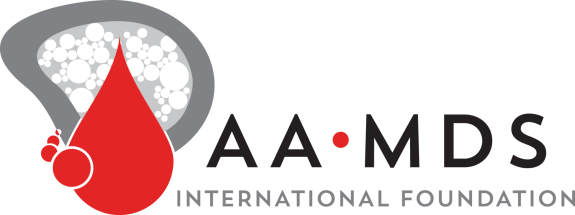Selecting the most suitable alternative donor becomes challenging in severe aplastic anemia (SAA) when a matched sibling donor (MSD) is unavailable. We compared outcomes in SAA patients undergoing SCT from matched unrelated donors (MUD, n=1106), mismatched unrelated donors (MMUD, n=340), and haploidentical donors (Haplo, n=206) registered in the EBMT database (2012-2021). For Haplo-SCT, only those receiving post-transplant cyclophosphamide (PT-Cy) for graft-versus-host disease (GVHD) prophylaxis were included. Median age was 20 years, and the median time from diagnosis to transplantation 8.7 months. Compared to MUD, MMUD (HR, 2.93; 95% CI, 1.52-5.6) and Haplo (HR, 5.15; 95% CI, 2.5-10.58) showed significantly higher risks of primary graft failure. MUD had lower rates of acute GVHD compared to MMUD and Haplo, grade II-IV (13%, 22%, and 19%, respectively, p<0.001) and III-IV (5%, 9%, and 7%, respectively, p=0.028). The 3-year non-relapse mortality was 14% for MUD, 19% for MMUD, and 27% for Haplo (p<0.001), while overall survival (OS) and GVHD and relapse-free survival (GRFS) were 81% and 73% for MUD, 74% and 65% for MMUD, and 63% and 54% for Haplo, respectively (p<0.001). In addition to donor type, multivariable analysis identified other factors like patient age, performance status, and interval between diagnosis and transplant associated with GRFS. For SAA patients lacking an MSD, our findings support MUD transplantation as the preferable alternative donor. However, selecting between a MMUD or Haplo donor remains uncertain and requires further exploration.
